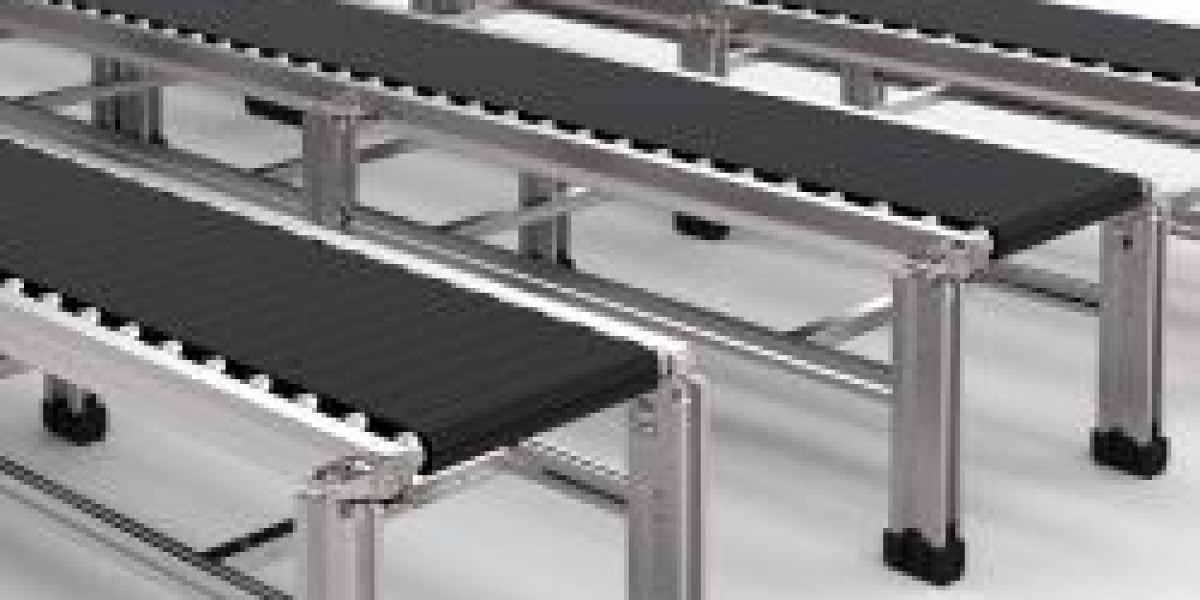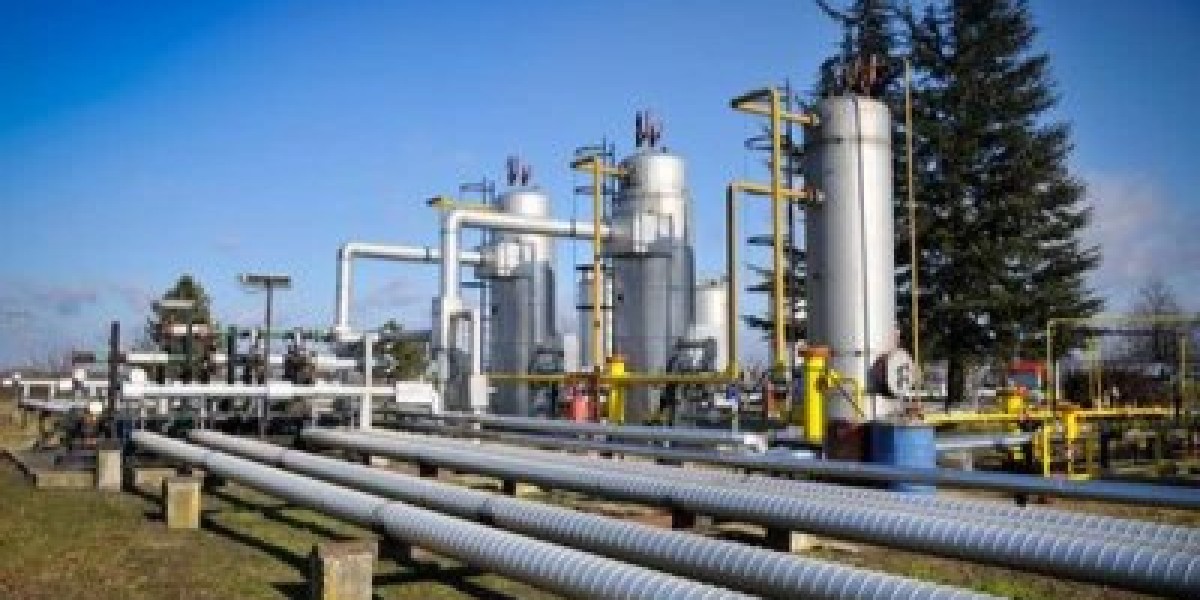Rubber conveyor belts are a ubiquitous feature of modern industry, silently and efficiently moving products and materials from one point to another. These versatile belts play a pivotal role in various applications across diverse sectors, enhancing efficiency, reducing labor costs, and improving overall production processes. In this comprehensive guide, we will explore the versatility and applications of rubber conveyor belts, shedding light on the crucial role they play in shaping the manufacturing landscape.
1. Introduction to Rubber Conveyor Belts
Rubber conveyor belts are flexible, durable, and highly adaptable, making them suitable for an extensive range of applications. Composed primarily of rubber and reinforced with layers of fabric or steel cords, these belts can withstand heavy loads, extreme temperatures, and harsh environmental conditions. The versatility of rubber conveyor belts stems from their ability to handle various materials, including solid, liquid, and bulk goods.
2. Industrial Manufacturing
One of the most common applications of rubber conveyor belts is in industrial manufacturing. These belts are employed to transport raw materials, components, and finished products within factories and production facilities. The manufacturing sector relies on conveyor belts to automate material handling, which significantly increases efficiency and reduces the risk of manual labor-related injuries.
3. Mining and Quarrying
In the mining and quarrying industries, rubber conveyor belts are essential for transporting extracted materials such as ores, coal, gravel, and stone. These belts are designed to withstand the abrasive and heavy-duty conditions of mining operations, enabling the efficient movement of materials from excavation sites to processing areas.
4. Agriculture and Farming
Agriculture benefits from rubber conveyor belts in various ways, including the handling of harvested crops, seeds, and animal feed. Conveyor systems simplify the process of loading and unloading trucks, filling storage silos, and transporting produce within agricultural facilities.
5. Food Processing and Packaging
In the food industry, rubber conveyor belts play a critical role in the safe and hygienic handling of food products. They are used for conveying items such as fruits, vegetables, meat, and packaged goods. These belts are designed with materials that meet strict food safety standards to prevent contamination.
6. Distribution and Logistics
Distribution centers and logistics hubs rely on conveyor systems to streamline the movement of goods. Rubber conveyor belts are used to load and unload trucks, sort and distribute packages, and facilitate the efficient flow of products through distribution networks. This application reduces handling time, minimizes errors, and improves order fulfillment processes.
7. Recycling and Waste Management
In recycling and waste management facilities, rubber conveyor belts help separate and transport recyclable materials, such as paper, plastic, glass, and metal, from general waste. These belts are designed to withstand the challenges posed by various waste materials and maintain operational efficiency in recycling plants.
8. Airports and Baggage Handling
Airports employ rubber conveyor belts in baggage handling systems to transport passenger luggage from check-in counters to airplanes and vice versa. These conveyor systems are equipped with advanced technology to ensure precise tracking and sorting of bags, contributing to the overall efficiency of airport operations.
9. Pharmaceutical and Chemical Industries
The pharmaceutical and chemical sectors utilize rubber conveyor belts for the safe and controlled transport of sensitive materials and hazardous substances. Conveyor systems in these industries are designed to meet stringent safety and regulatory standards.
10. E-commerce and Warehousing
With the exponential growth of e-commerce, rubber conveyor belts have become indispensable in fulfillment centers and warehouses. These belts automate the movement of goods throughout the facility, allowing for efficient order picking, packing, and shipping.
11. Specialized Applications
In addition to the aforementioned sectors, rubber conveyor belts find specialized applications in various industries. For example, in the automotive sector, they are used for assembly line processes, and in the construction industry, they aid in the transportation of construction materials on-site.
12. Conclusion: The Endless Possibilities of Rubber Conveyor Belts
The versatility of rubber conveyor belts knows no bounds, and their applications continue to expand as technology advances. Whether in heavy industries like mining or in precision-focused fields like pharmaceuticals, rubber conveyor belts are vital for enhancing efficiency, reducing labor costs, and ensuring the safe and reliable movement of materials. As industries evolve, so do conveyor belt technologies, with ongoing developments aimed at improving durability, efficiency, and sustainability. As a cornerstone of modern manufacturing and material handling, rubber conveyor belts are certain to remain indispensable for years to come.








